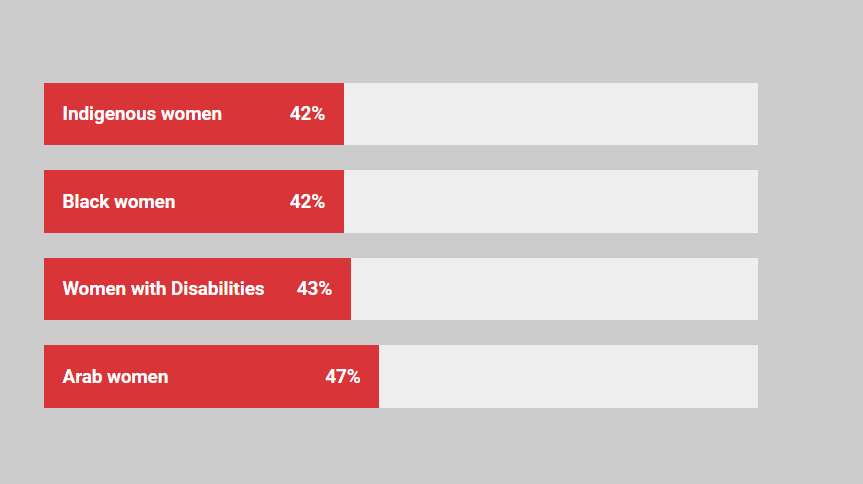
'Pay equity is not a privilege or a frill, it is the law'

Three and a half months into 2024 and women in Ontario still need to work three months longer to earn what men would earn in a year, according to the Ontario Equal Pay Coalition.
On average, women need to work 15.5 months to earn what Ontario men earned in 2023, it said.
“The average annual gender pay gap has been stuck at 32% for three decades,” said Fay Faraday, Equal Pay Coalition co-chair. “But that’s just the average. It doesn’t reflect the reality that Indigenous, Black and racialized women face the greatest pay discrimination.”
And the gap is wider between men and the women belonging to racialized groups, the coalition noted, citing government data.
The Pay Equity Commission reports that the gender pay gap for racialized women is 38%, noted the coalition. For First Nations, Inuit and Black women, the gap is 42%; and for women with disabilities, the gap is 43%. For Arab women – the lowest paid in Ontario’s labour market – the gap is 47%.
Two in five (40%) female professionals in North America feel underpaid for what they do, compared with just 24% among male respondents, according to data from Robert Walters.
What is the real reason behind the gender pay gap?
The Ontario Equal Pay Coalition believes that “underfunding and privatizing the vital public services” that are overwhelmingly delivered by women is a key driver of the gender pay gap.
 Source: Ontario Equal Pay Coalition
Source: Ontario Equal Pay Coalition
Since 2018, Ontario’s inflated-adjusted per capita support for community and social services in Ontario has been cut by 12.1%, the coalition noted. At the same time, Ontario has implemented fee and tax cuts that reduce public revenue by more than $8.2 billion per year.
“As of 2022, Ontario has spent less money on public services than any other province in the country and there was no relief in last month’s budget,” said Jan Borowy, coalition co-chair. “Ontario needs to stop making women carry the economy through their underpaid and unpaid labour. Discrimination-free pay is not a frill; it is a fundamental human right.”
On Equal Pay Day, the coalition is calling on Ontario “to stop its campaign of privatization and commit to funding the vital public services that women deliver – healthcare, childcare, community and social services, education – at the level that meets community needs and that closes the gender pay gap for all women now,” said Faraday.
One in five Canadian women believe that the gender pay gap will never be solved, according to a previous report.
Canada is ranked as having the 8th highest gender pay gap out of a list of 43 countries examined by the Organisation for Economic Co-operation and Development (OECD), noted the United Food and Commercial Workers International Union (UFCW) Canada.
“Women have historically faced significant barriers to achieving economic equality, including gender-based discrimination in hiring, promotion, and pay,” said the union. “While progress has been made in recent years, the gender pay gap remains persistently high. Women have higher levels of education and still make less than men on average. There’s a significant gap between what men and women earn in every industry and occupation.
“Pay equity is not a privilege or a frill. It is the law. Discriminatory pay gaps are a violation of human rights, and human rights enforcement is not a partisan issue.”
Also, the Ontario Federation of Labour (OFL) is calling on policymakers to implement the following demands and take immediate action:
“By prioritizing feminist fiscal policy and gender-responsive budgeting, we can create a more equitable and inclusive society where every individual can succeed regardless of their gender, race, disability, or ethnicity,” said OFL.
The public sector is further along compared to the private sector when it comes to closing the gender wage gap, according to a previous report from the Canadian Centre for Policy Alternatives (CCPA).